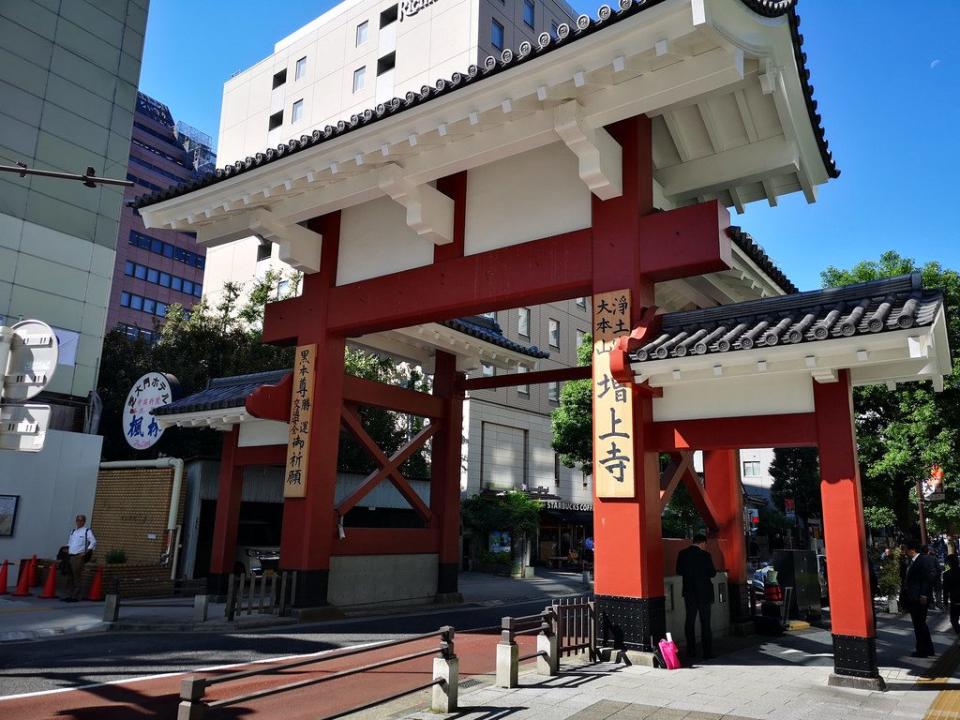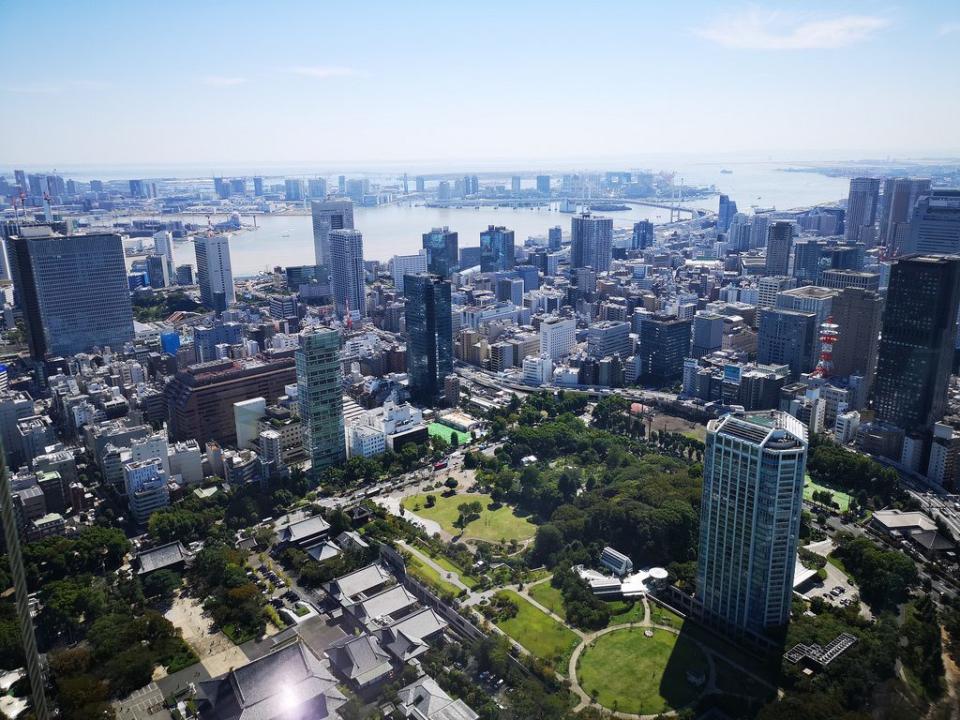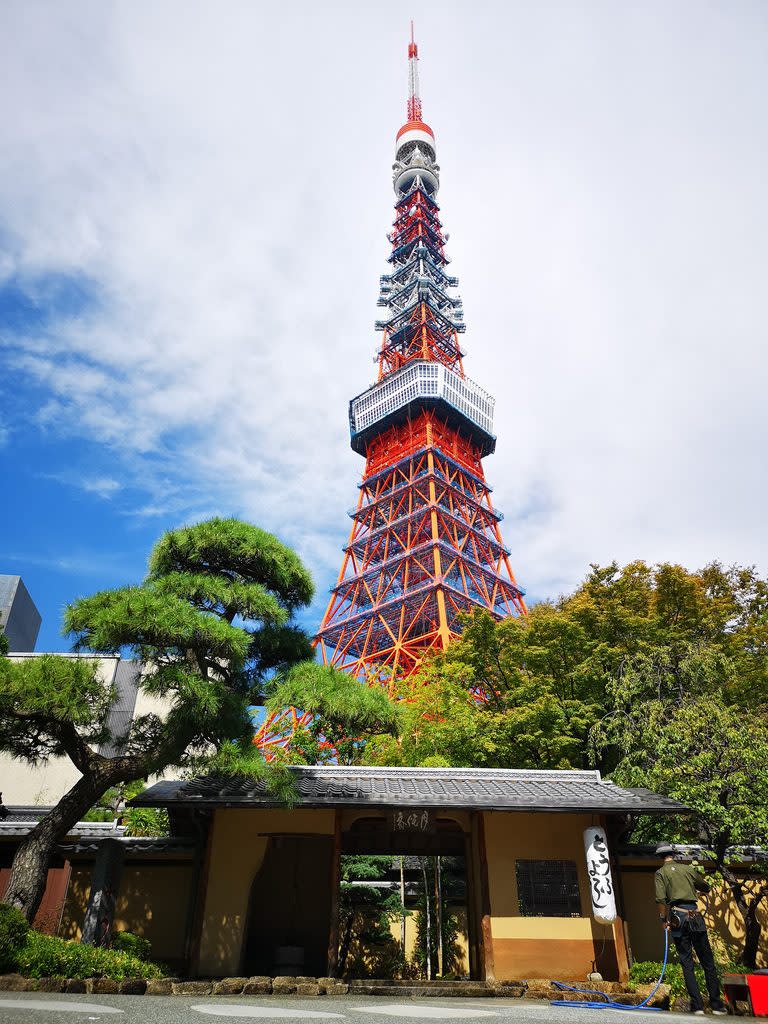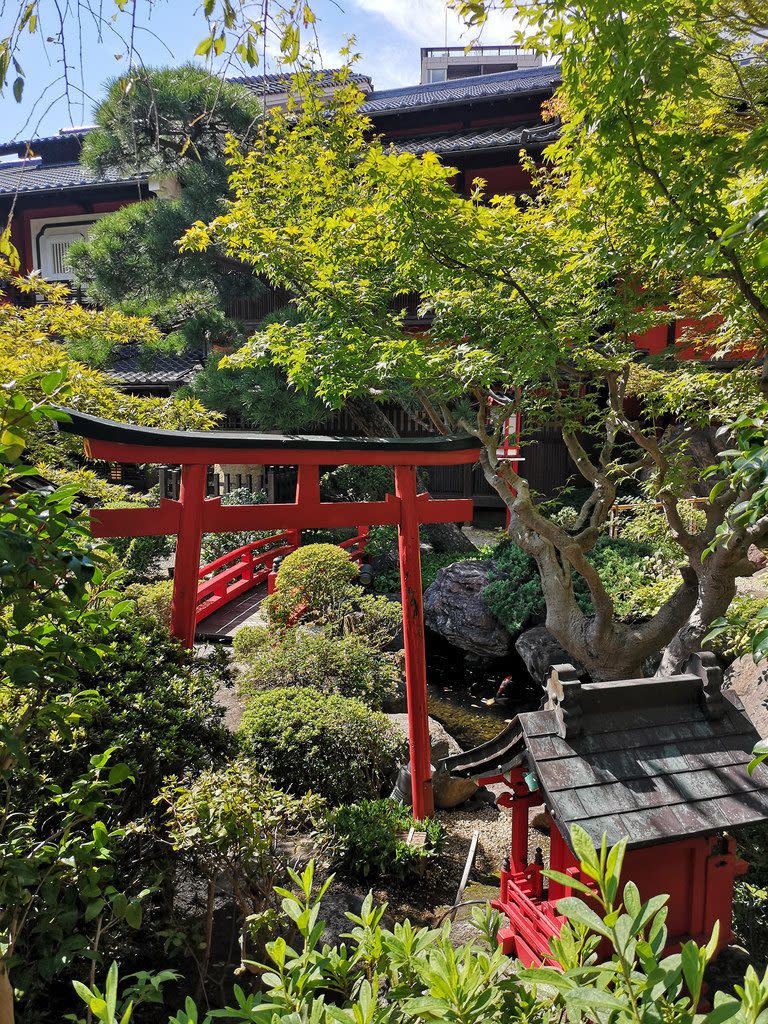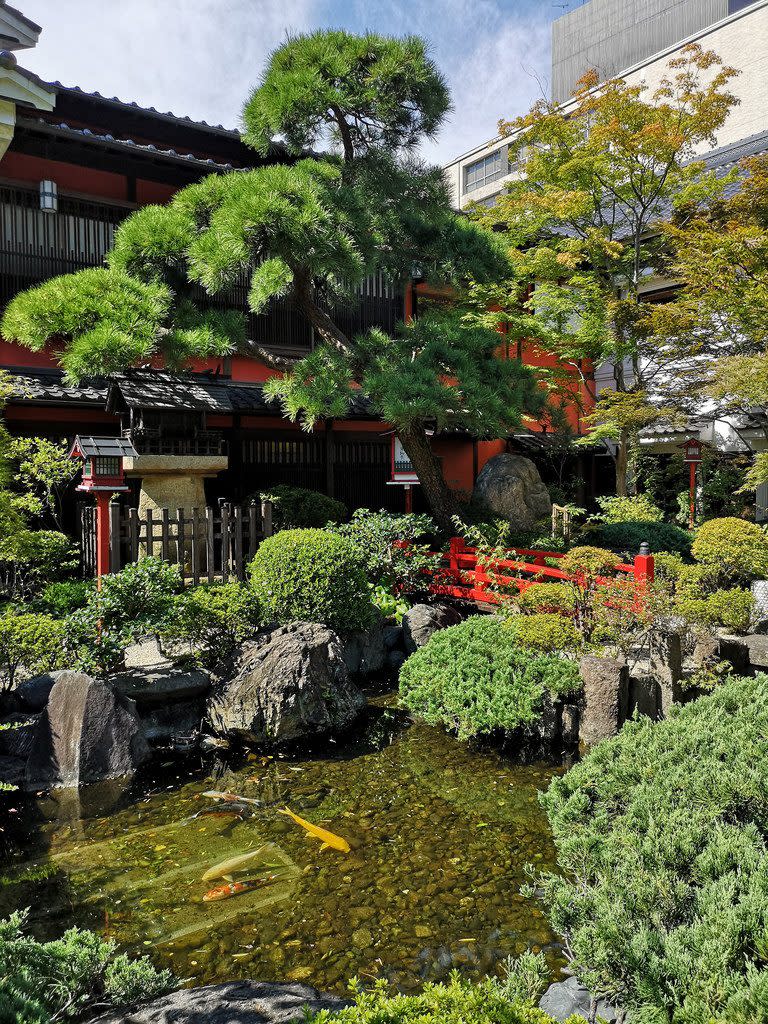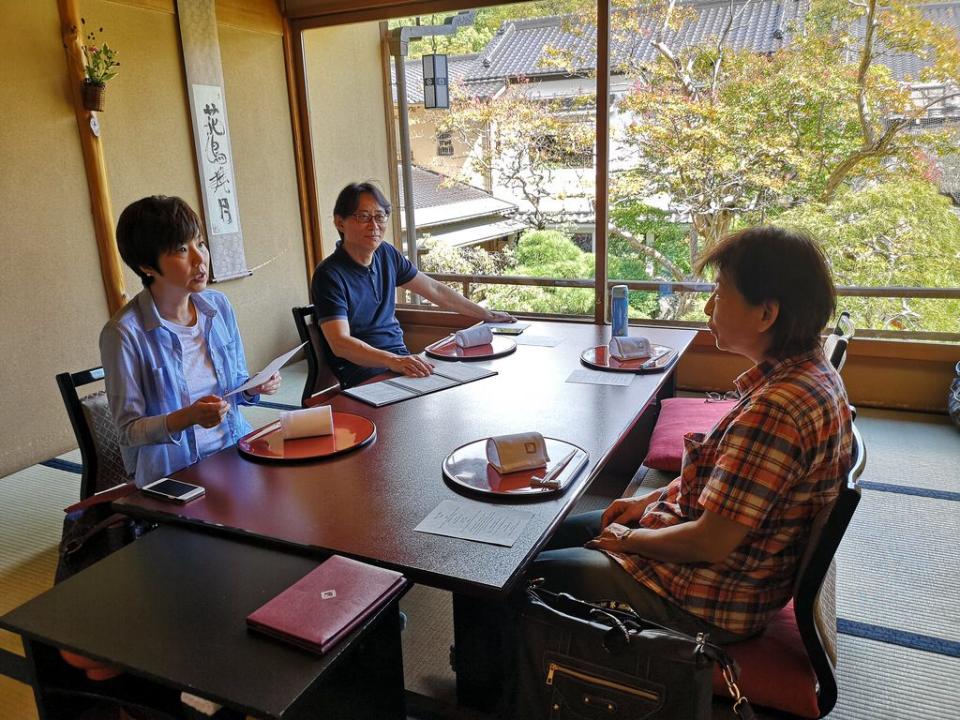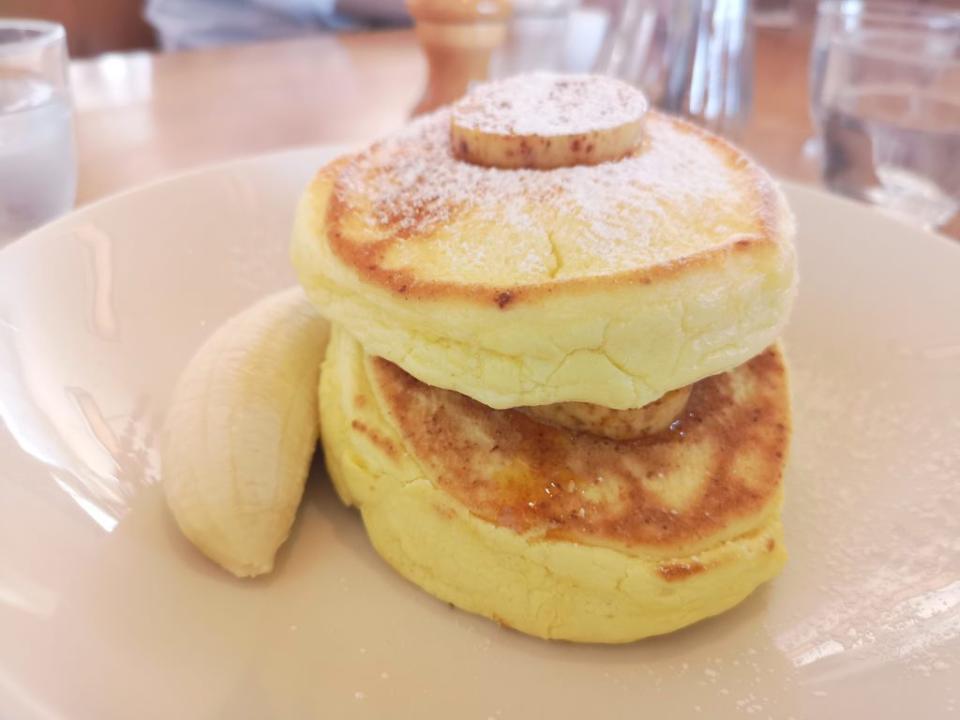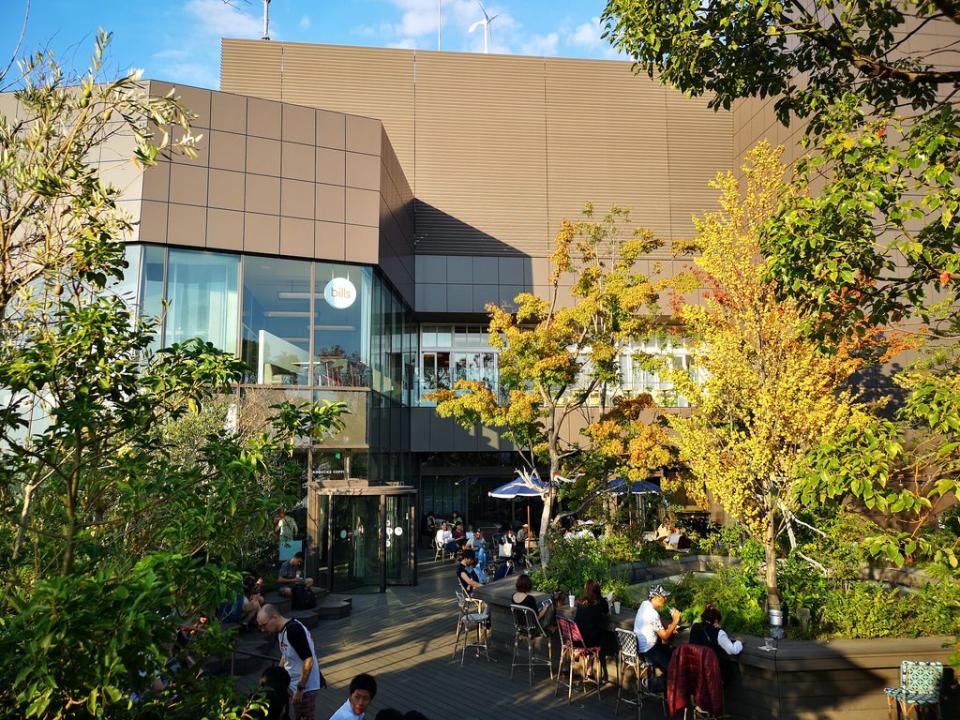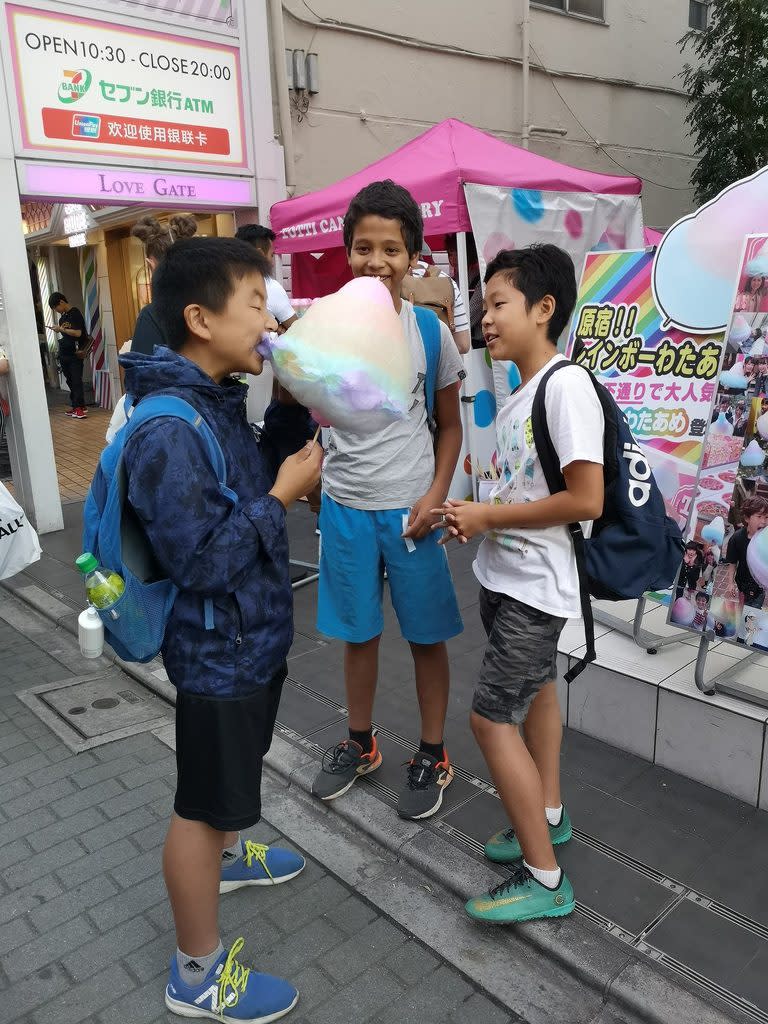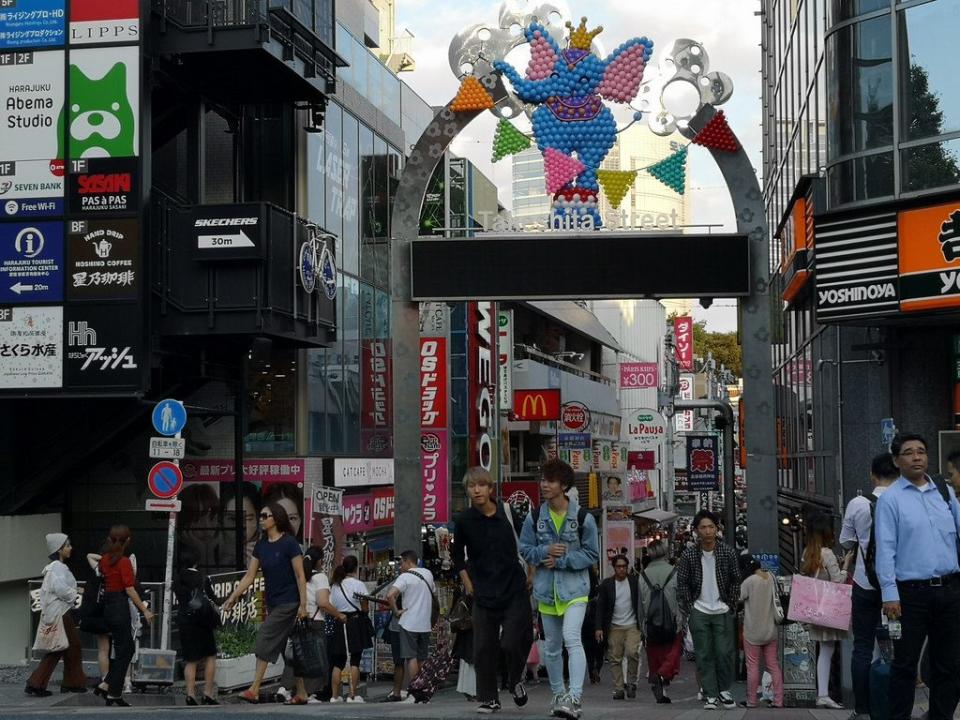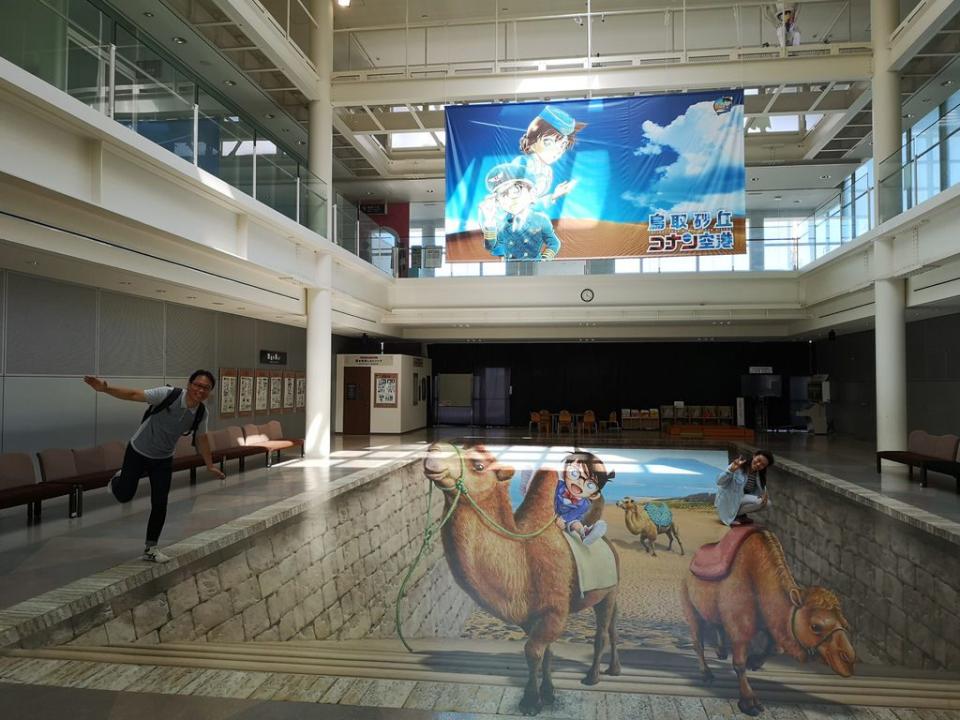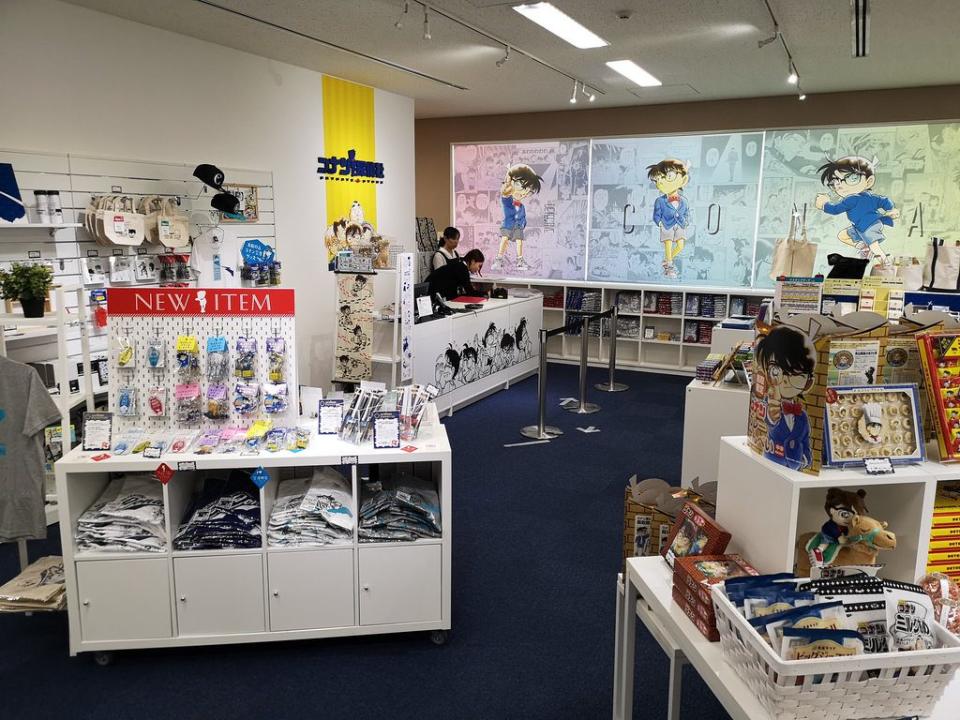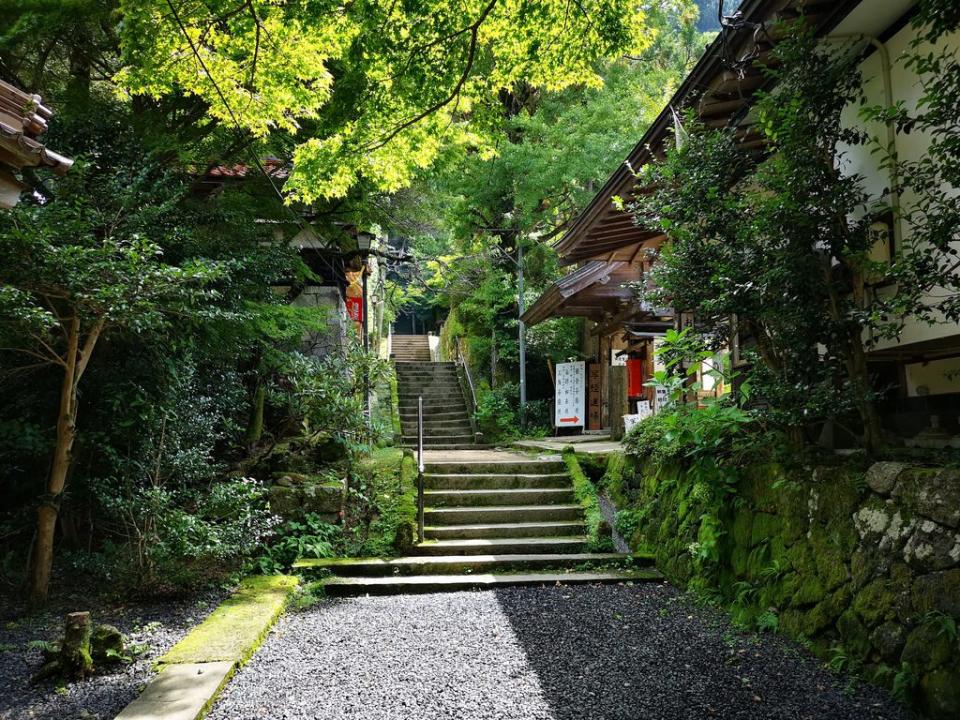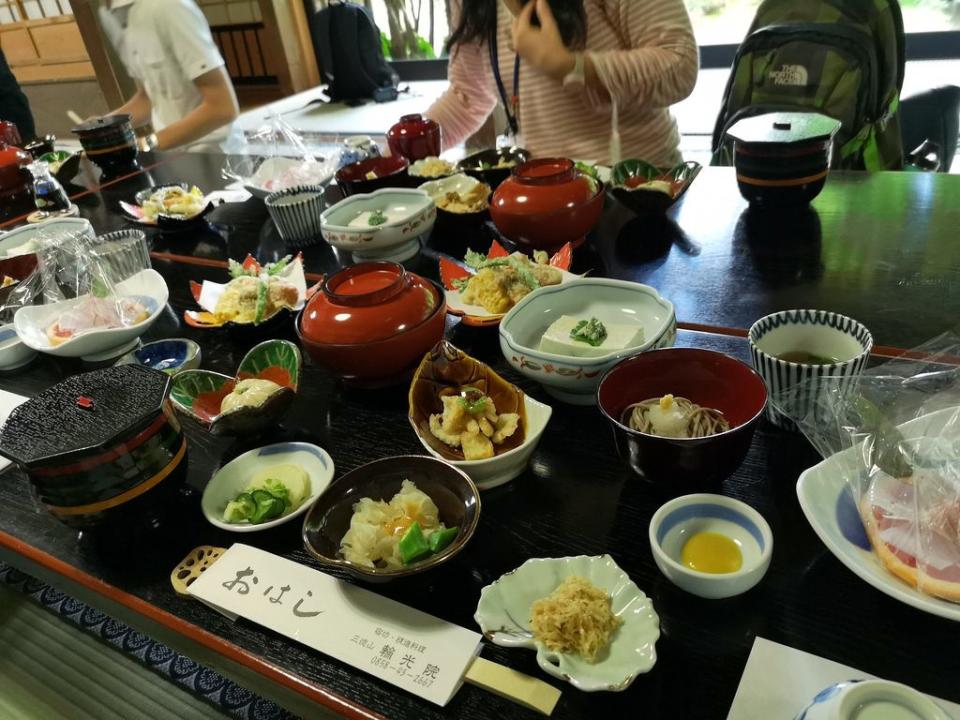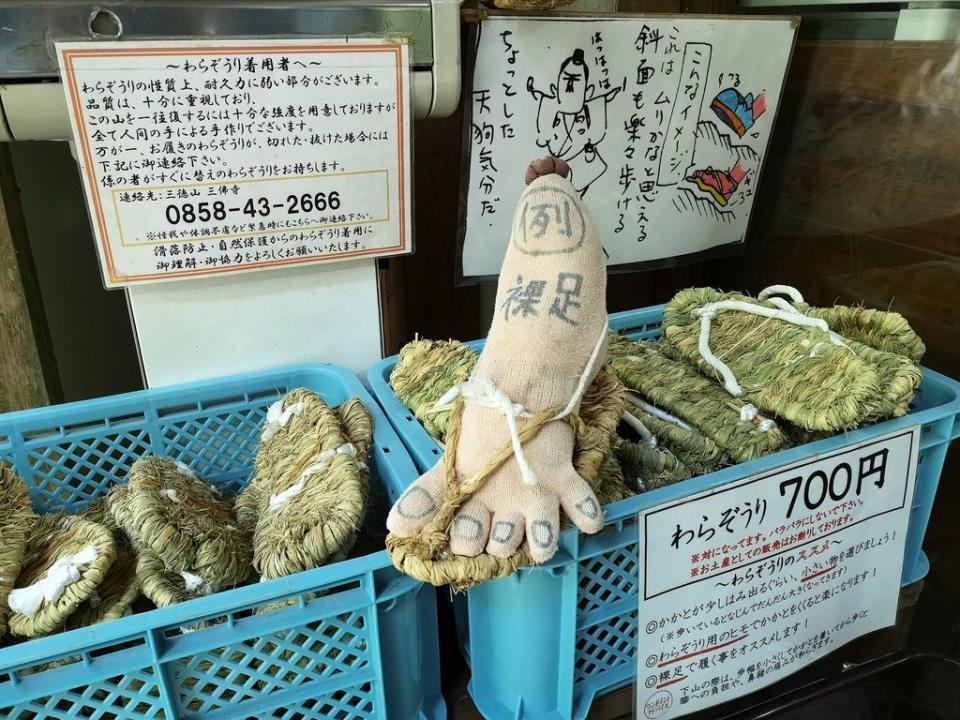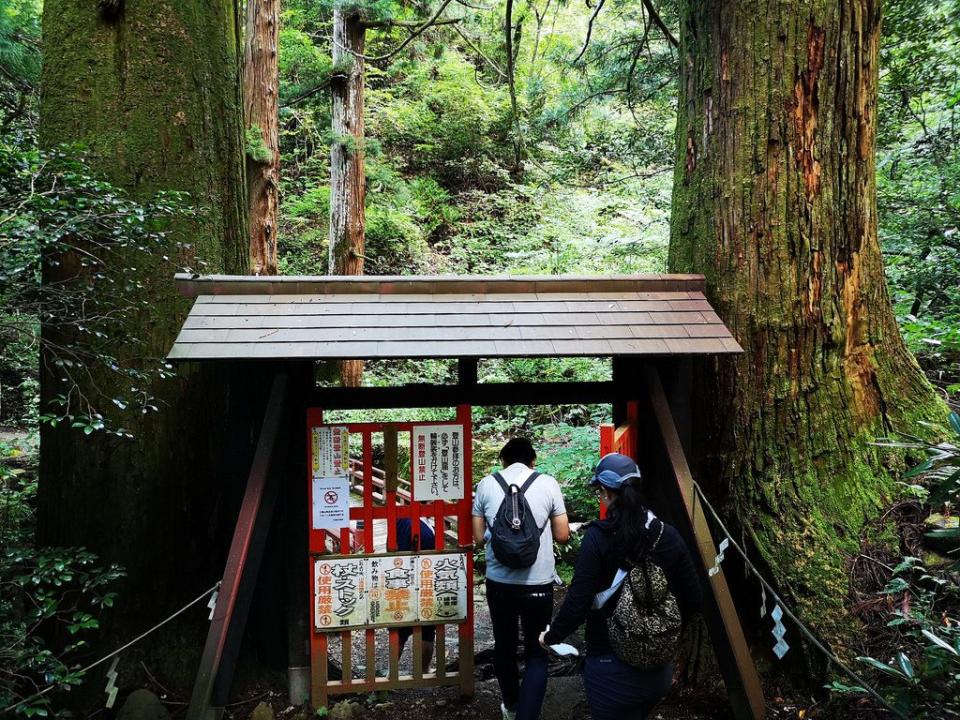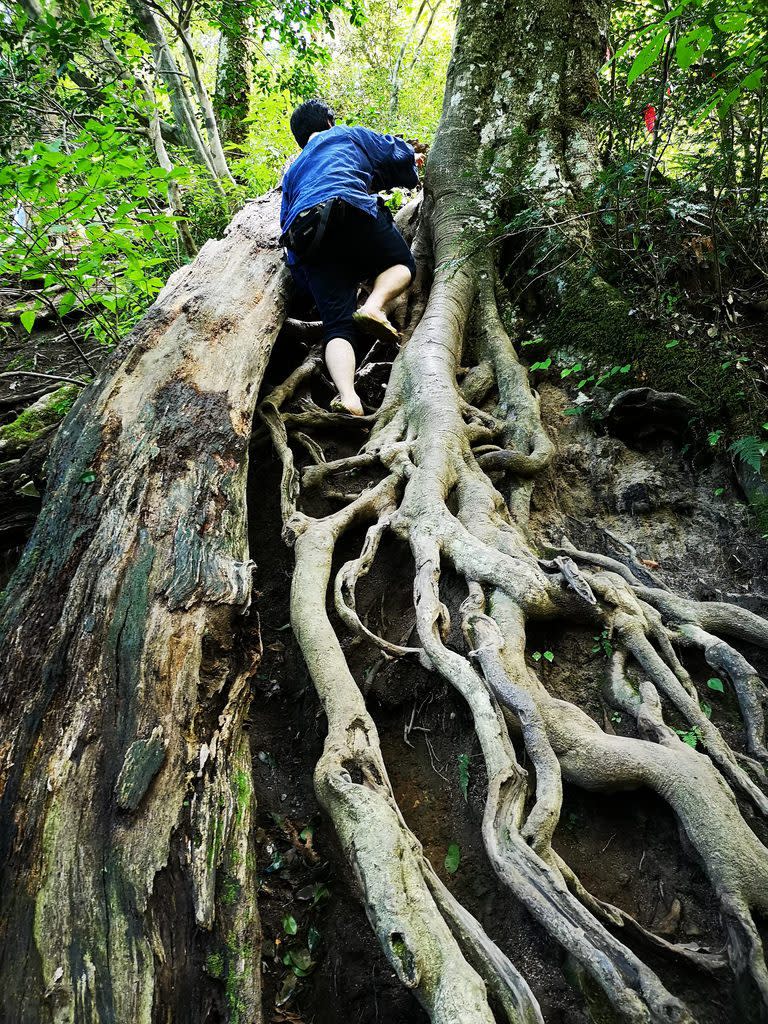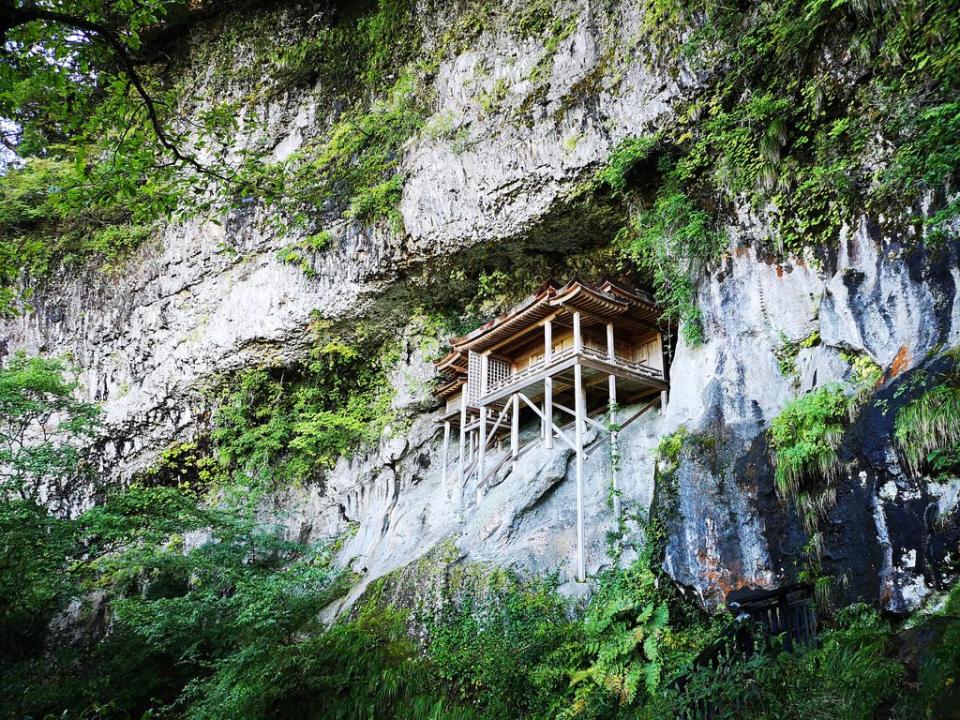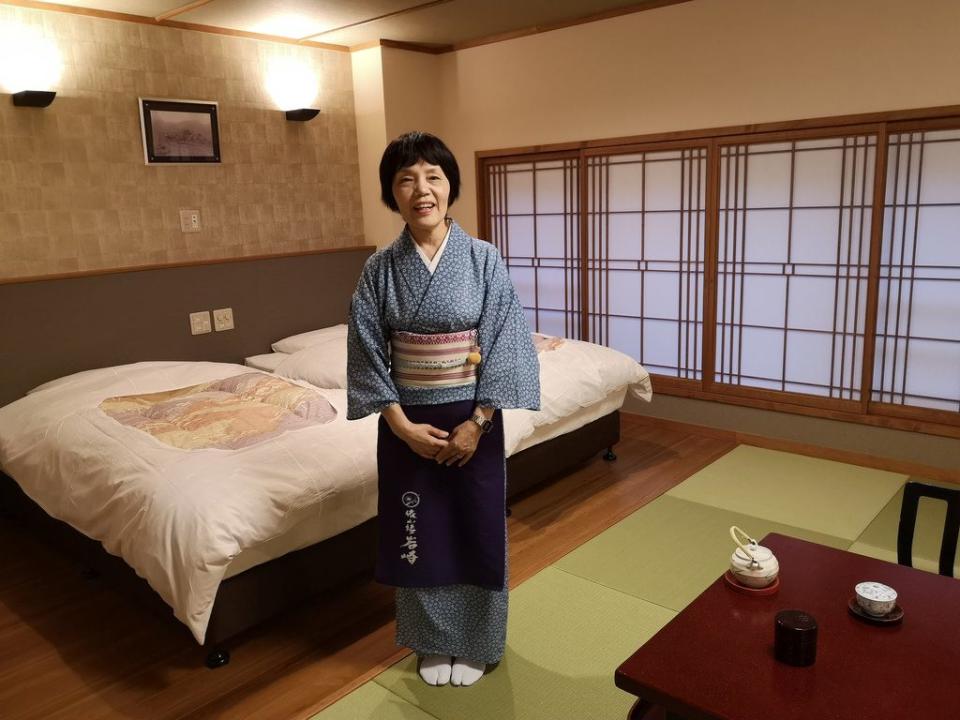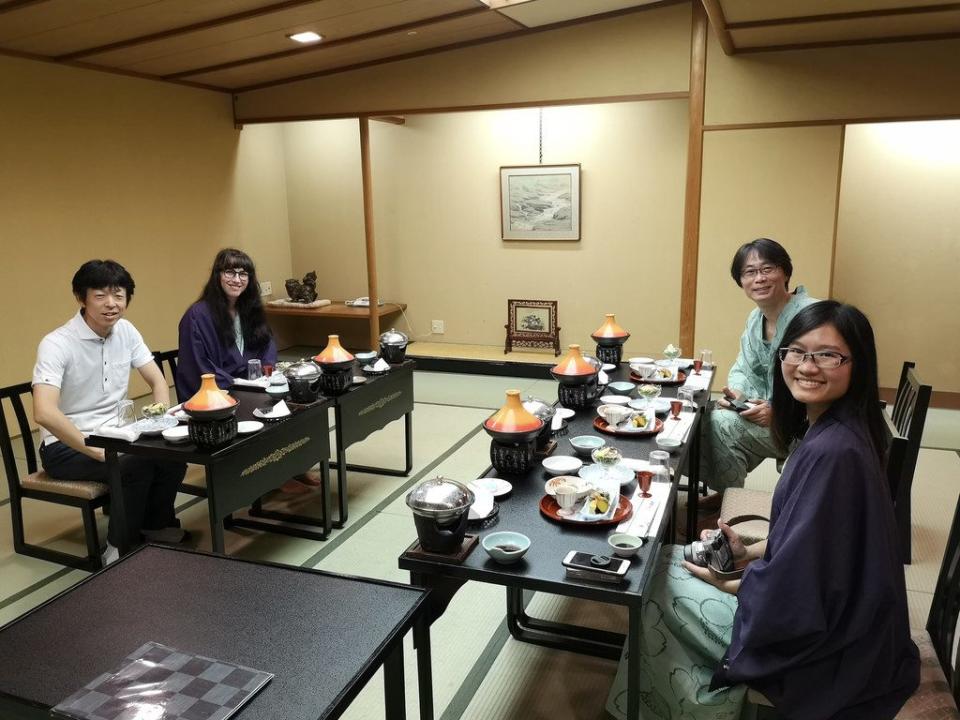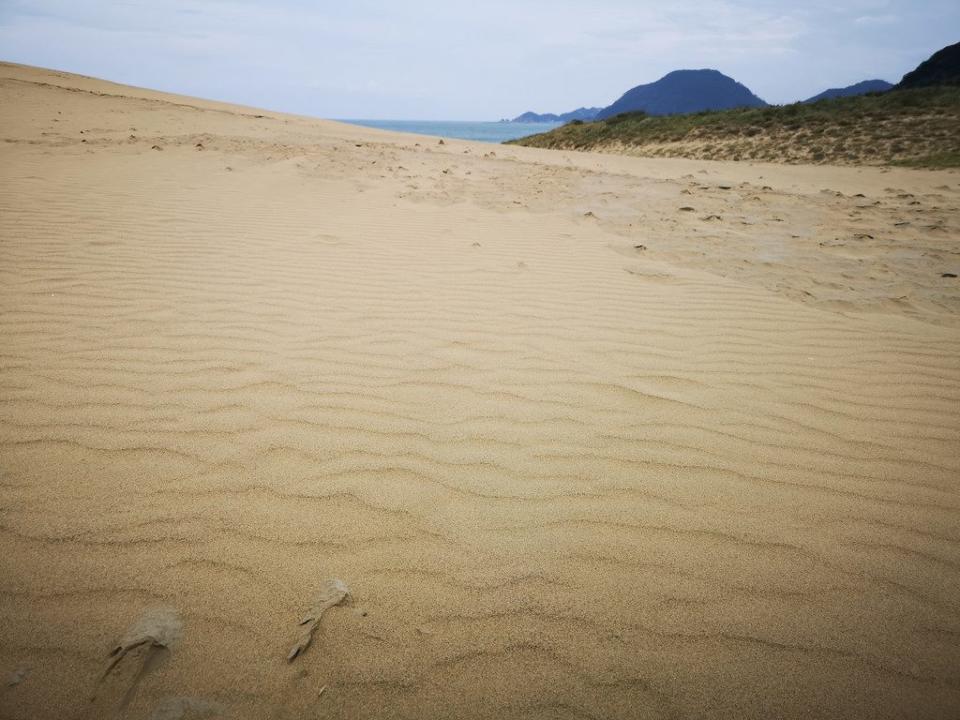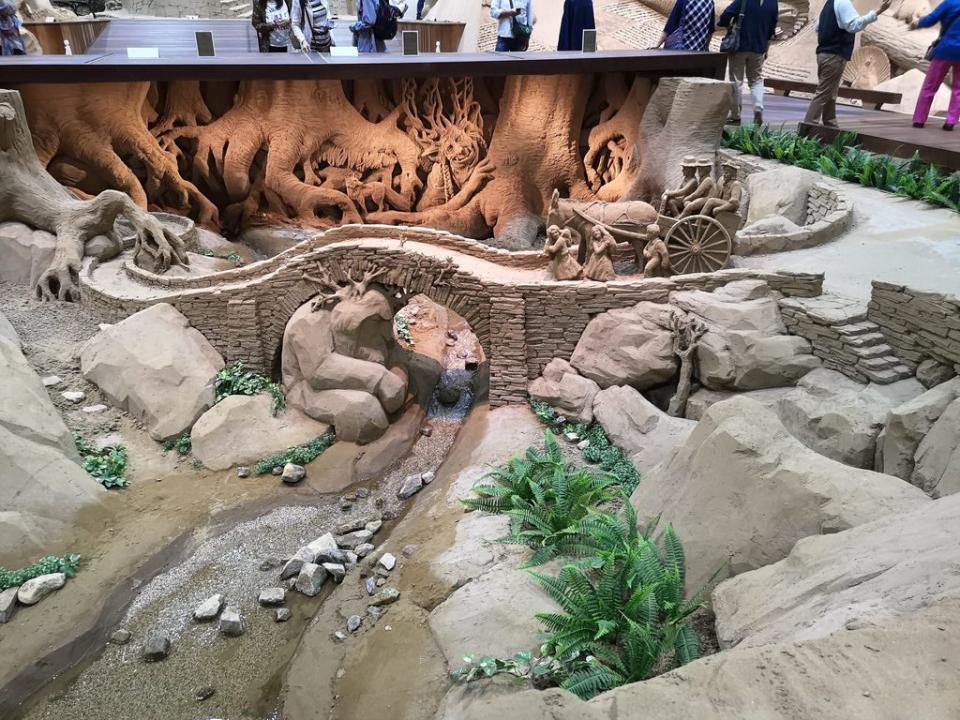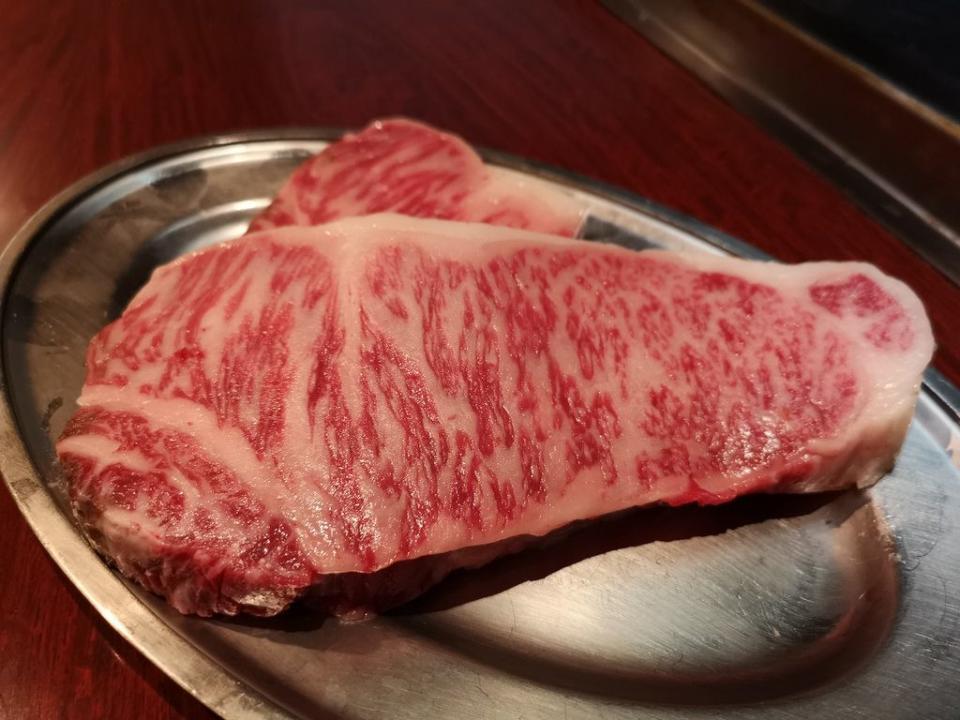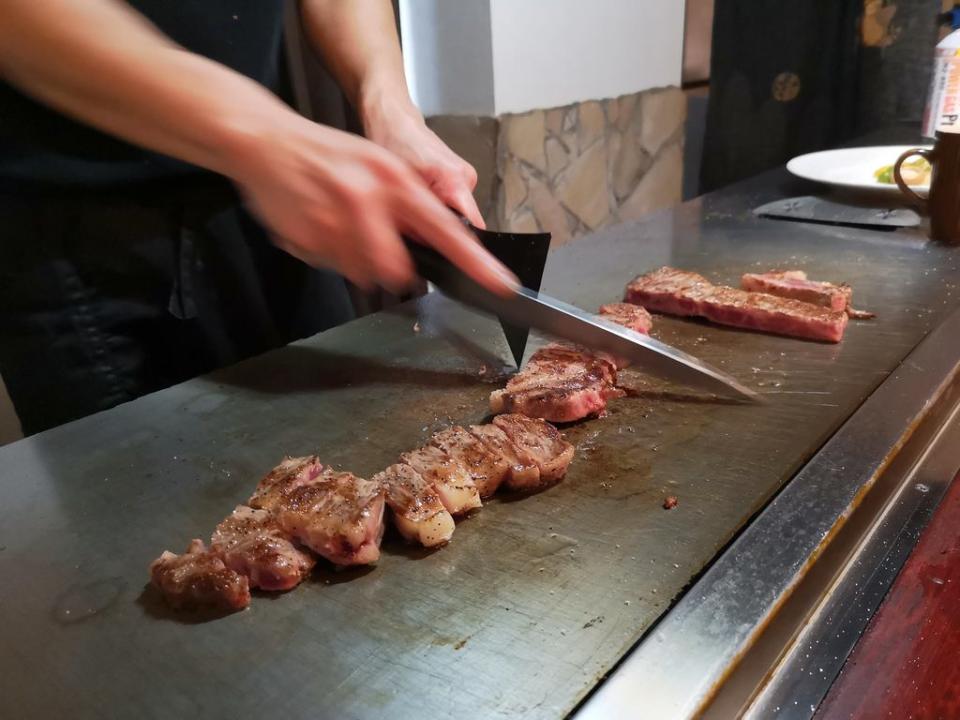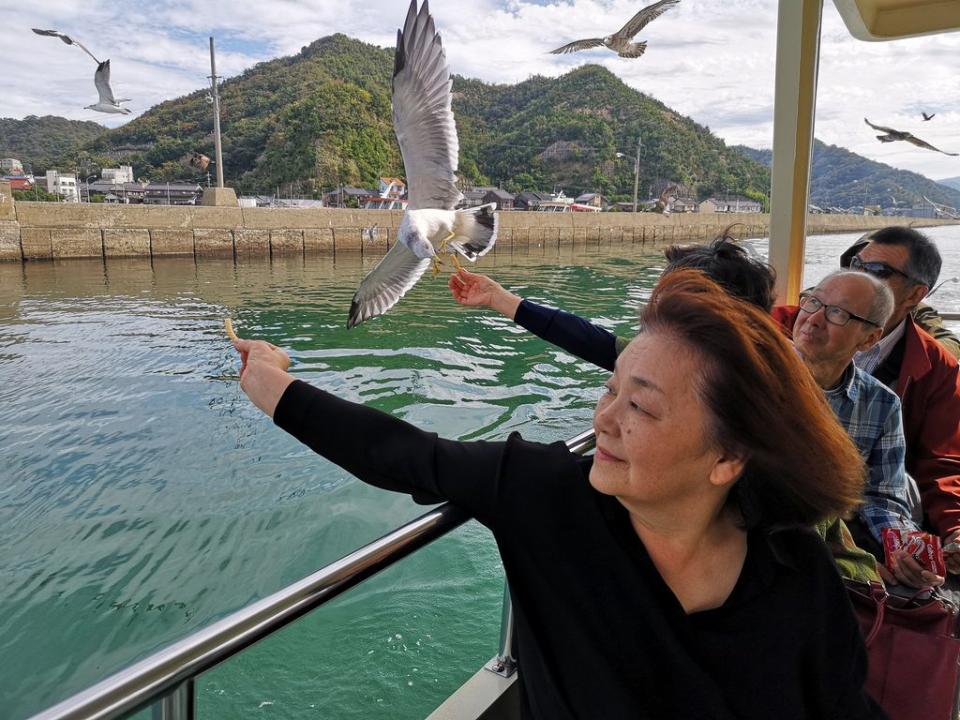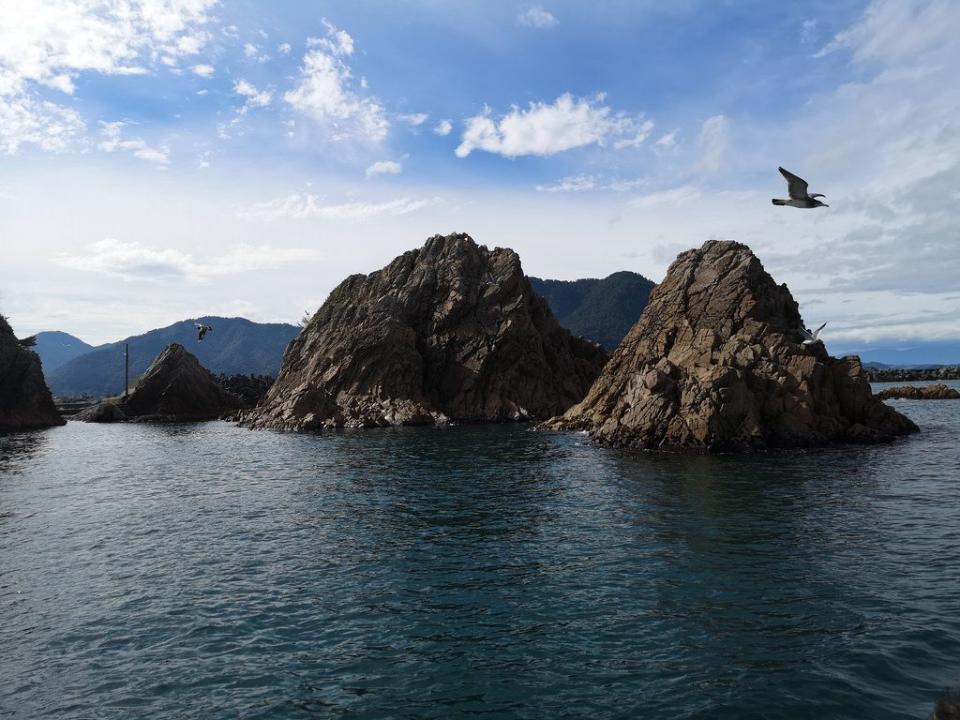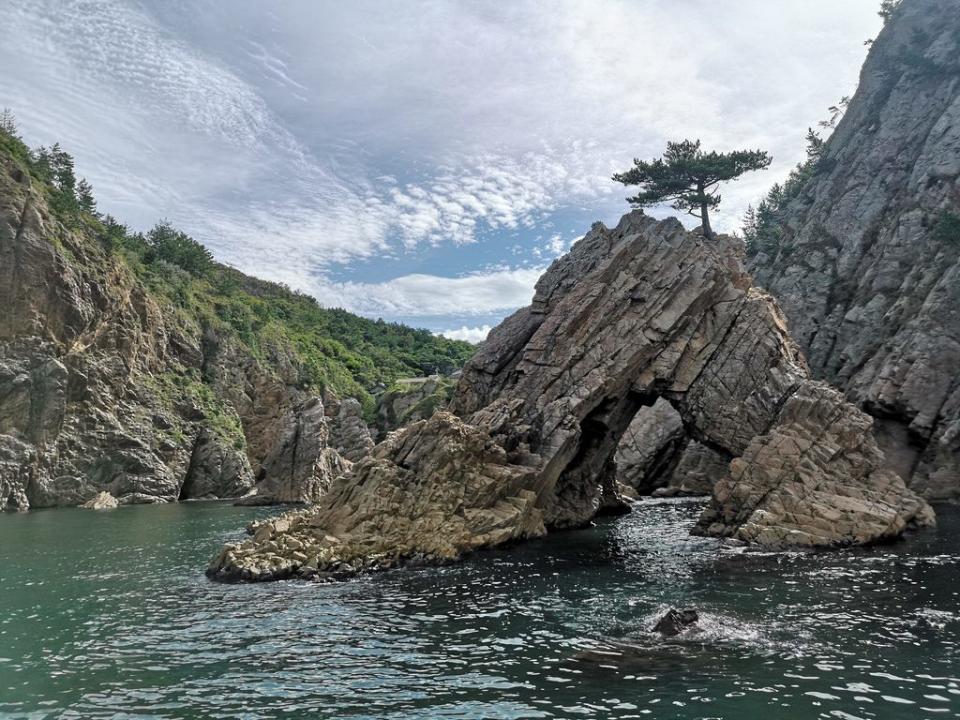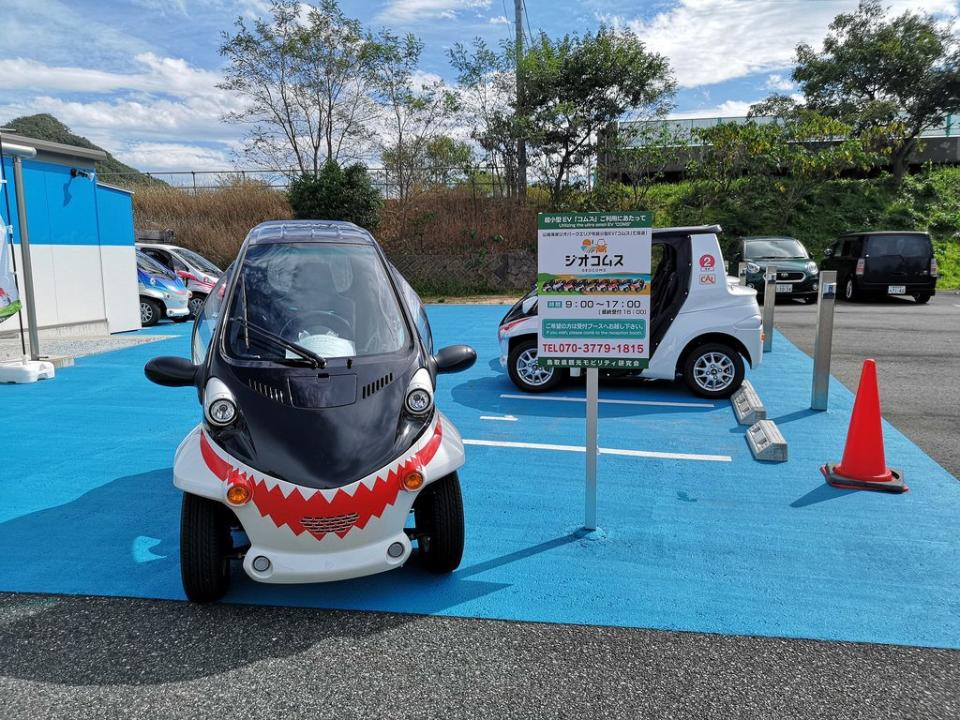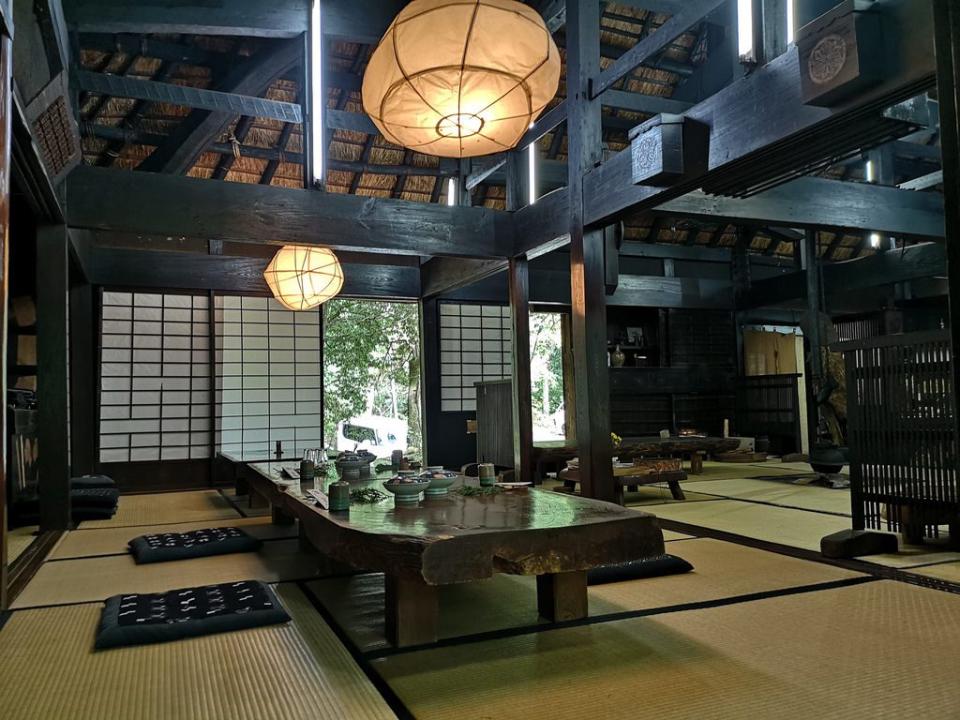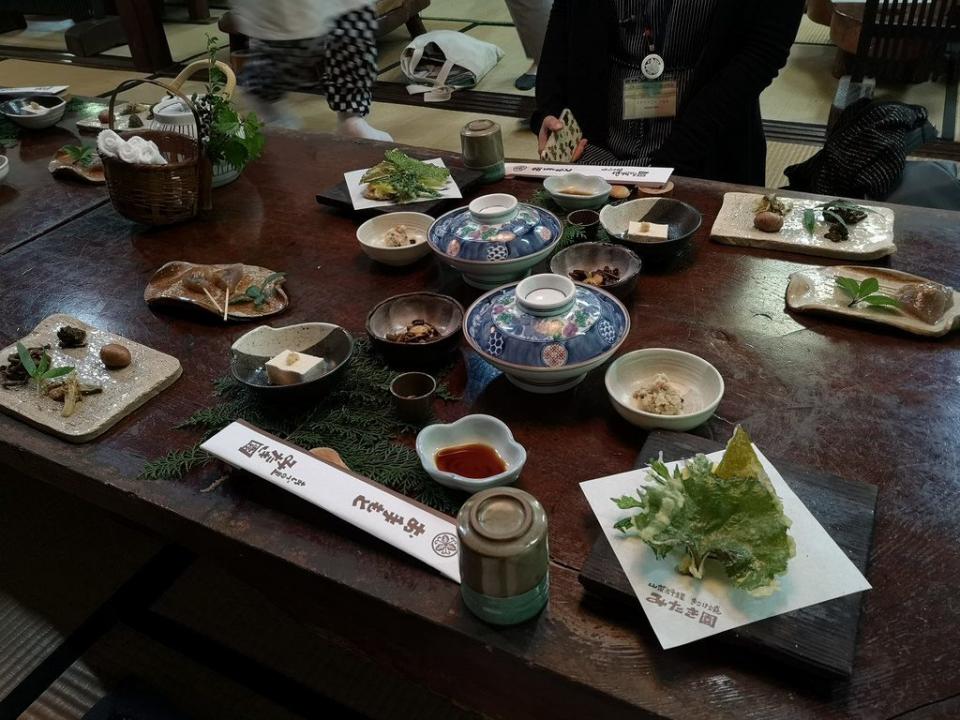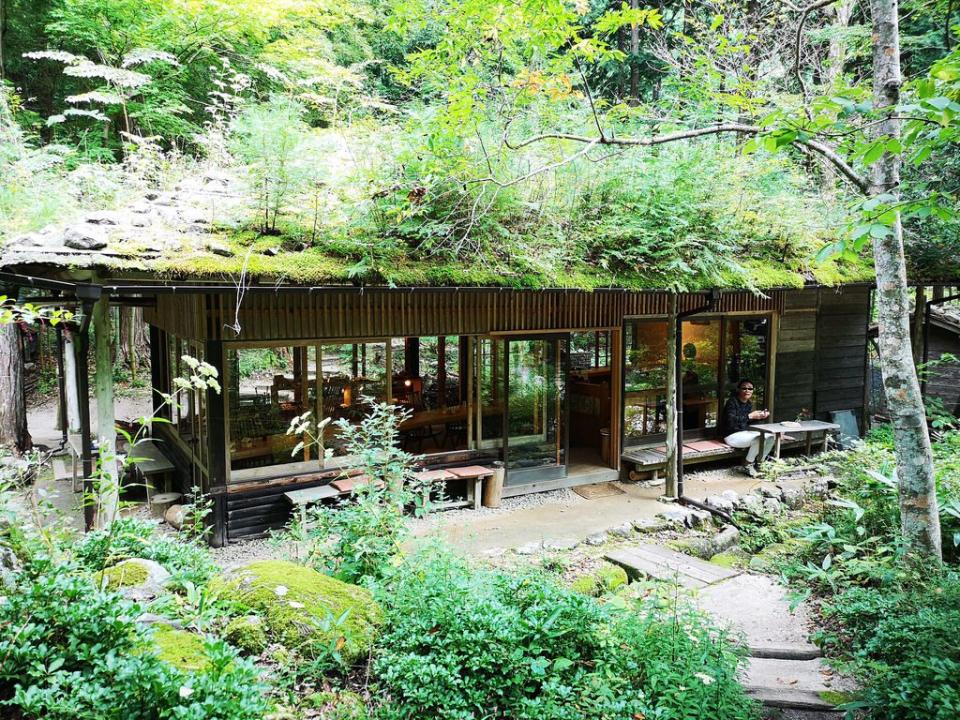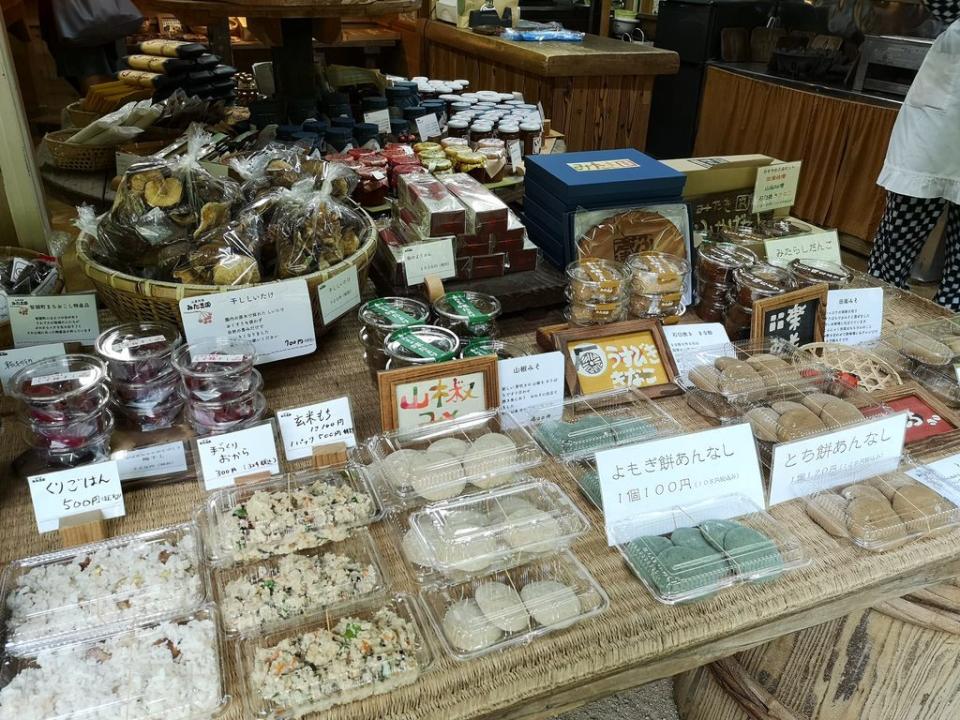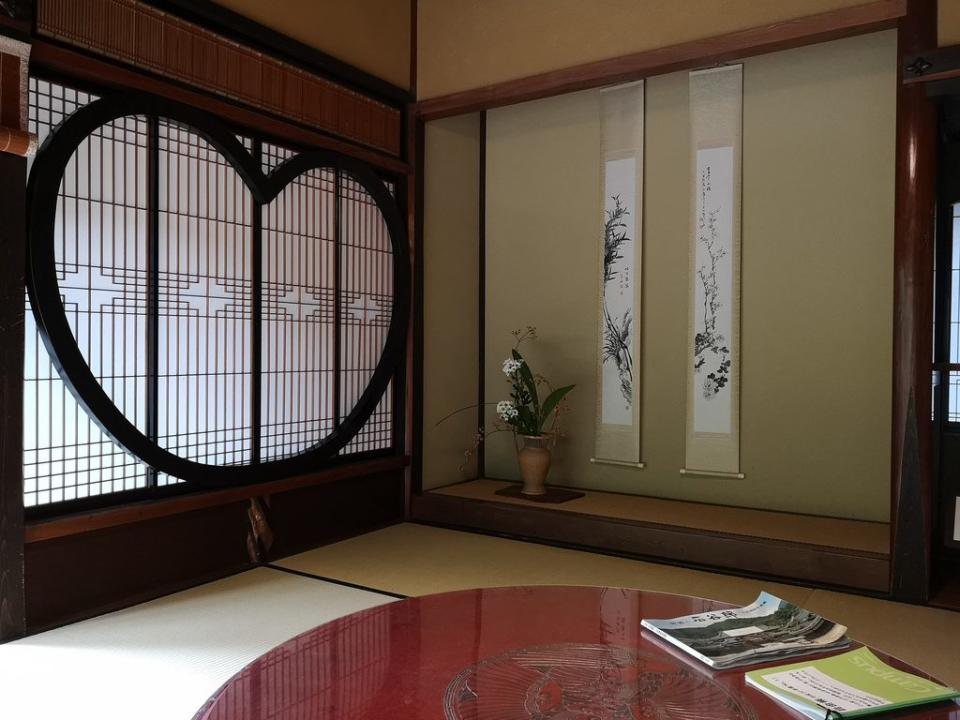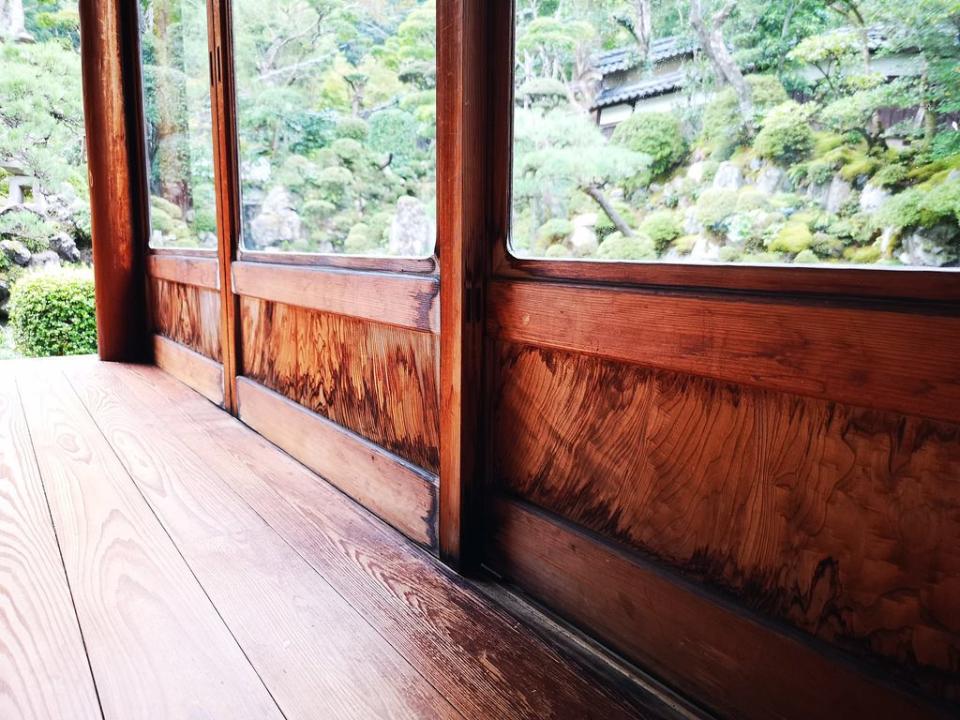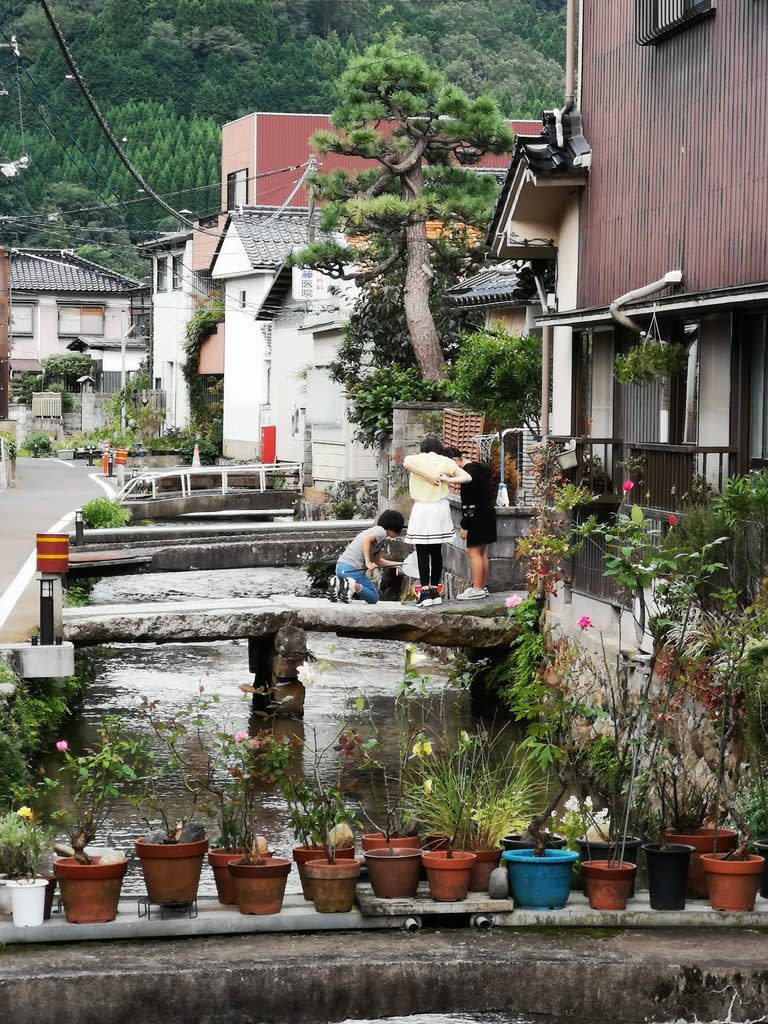Japan’s best kept secrets – Tofuya Ukai in Tokyo and top grade wagyu beef in Tottori
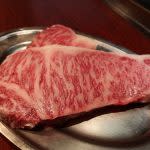
Is it possible to eat Tokyo’s best foods without jostling with crowds? If you head to Tottori, Japan’s least populated prefecture, is the food still as good as that of a first-tier city’s? The answers are “yes”, and “better”, if you know where to look.
If you’ve read any coverage on Tottori before, I am sure that the most promoted attractions are the night skies full of stars, sand dunes and a pilgrimage to Mitoku Sanbutsuji, popularly known as Japan’s most challenging ascetic climb. But if you want to sell a tourist location to a Singaporean, you gotta go with the food! Tottori is home to the most amazing water, rice, sake, milk and dairy products, fruits, seafood and get this – top-notch wagyu beef at a lower-than-city-prices.
I visited Tokyo and Tottori on an itinerary which compressed the highlights of a bustling city into one day before heading into the tranquil countryside for two nights. In short, this trip is doable if you have less than a week – perfect for the upcoming March holidays. Tottori, located in west Japan, is accessible by rail, road and air. Considering that Tokyo is all the way in the east, a 1h 20 min flight via ANA is the most straightforward method of getting there.
Trip summary
In a nutshell, this was how the itinerary went (scroll further down for details):
Day 1 – Visit Tokyo Tower in the morning. Have a two-hour lunch at Tofuya Ukai, followed by a stroll in Omotesando Hills and pancakes at Bills. Leisurely stroll through shopping district and Yoyogi Park before heading back to dinner near hotel.
Day 2 – Catch flight to Tottori. Goof around the installations at Tottori Sand Dunes Conan Airport and take trick-eye pictures; shop at the special Conan the Detective souvenir shop. Hop into the car and go straight to Rinko-in for vegetarian lunch. Do the ascetic climb of Mitoku Sanbutsuji. Check in to Izanro Iwasaki Ryokan in Misasa, which is famous for its high radium hot springs. Dinner there, night stroll in Misasa town. For the brave, go for a dip in the open-air onsen by the bridge.
Day 3 – Pick 20th Century pears at Nanzekien Orchard. Then, learn how to make washi (a type of Japanese paper) at Aoya Washi Studio. Eat shiroika, or “dancing squid” at Kaiyoutei. Sand dunes and sand museum after lunch. Visit Jinpukaku, a French Renaissance style mansion built in the Meiji era, right before closing time. Have an orgasmic piece of Tottori Wagyu Olein 55 for dinner at teppanyaki restaurant Fumon before calling it a night.
Day 4 – Cruise along Uradome Coast. Drive two hours to Mitaki-en to have an old-fashioned lunch in the Japanese countryside. Visit Ishitani-ke, a sprawling 300-year-old traditional Japanese shukuba, or post station, of the Edo period. Lastly, have tea in the Itaibara Settlement before running for the return domestic flight to Tokyo.
An alternative itinerary in Tottori would be to pack Uradome Coast and the sand dunes into the same day. You could do the cruise of Uradome Coast in the morning and rent a Toyota Geocomms one-seater electric vehicle to explore the sand dunes. Or, if you practise yoga, try to catch a sunrise yoga session at the sand dunes, and visit Uradome Coast after.
For those of us who are shopping fiends, leave all the purchasing to the last day in Tokyo before flying back to Singapore. And you’re done!
Day 1: Best meal in Tokyo – Tofuya Ukai
All flights on this media junket were sponsored by ANA, which is the only airline which operates domestic flights between Tokyo and Tottori. In all instances while travelling with ANA, the aircraft were clean and comfortable and the stewardesses were polite and helpful. The menu offered variety and good quality, too.
The hotel which hosted us in Tokyo was the Keikyu EX Inn Shinagawa-Station. I highly recommend it for its proximity to the airport, comprehensive amenities and excellent buffet breakfast.
On my first day in Tokyo, we walked from Hamamatsu Station to Tokyo Tower, passing by Shiba Daimon Gate on the way. It was originally the main gate to Zojo-ji Temple, an ancient Buddhist temple located 100m ahead. If you have time, the vast Zojo-ji Temple, opened circa 1393, is worth a visit. As I walked along a tree-lined avenue, past the little Bodhisattva statues erected as memorials for the souls of dead children, the grand Tokyo Tower came into view against a clear blue sky, and we started taking pictures.
Shiba Daimon gate.
Zojo-ji Temple.
Tokyo Tower at the end of a tree-lined avenue.
It was my first time to Tokyo Tower. I thought that the audio tour was very good, and I enjoyed the view from the tower as it was a relatively clear day. However, I felt that the attraction could do better by installing displays in the gallery to inform visitors of the landmarks they were looking at. If not for my guides and fellow traveller Mr Vicente Tai, who lives in Tokyo, I would not have recognised important landmarks and districts.
Somewhere in this direction, the new Olympic village is being constructed.
The Roppongi district, I think.
After Tokyo Tower, it was time for lunch. Located at the base of the tower, right behind the temple, was Tofuya Ukai, a newish venue set in a luxe, traditional Japanese compound. We loved the food and atmosphere at Tofuya Ukai. Stepping through its doorway was like entering another world; unimaginable considering that the sprawling compound was right in the middle of prime city space. Every dish of every course at Tofuya Ukai was meticulously prepared and the service was impeccable. It was as if our hostess had eyes inside our private room, because she could guess exactly when we were ready for the next course. We enjoyed admiring the beautiful garden from our private room and went for a delightful stroll after lunch. We spent two hours inside Tofuya Ukai and later on, at the end of the day, felt that it was the best time of the entire day. This place is expensive but completely worth the hefty price tag. Make a reservation in advance to avoid disappointment. Private and non-private dining areas available.
The picturesque entrance of Tofuya Ukai.
Visitors walk through a lush Japanese garden before reaching the restaurant building.
Tofuya Ukai’s wondrous garden hints at even more wondrous interiors.
One of the more public seating areas inside Tofuya Ukai.
Our private room upstairs behind closed doors. So quiet and lovely.
Deep-fried tofu with miso.
More tofu simmered with shimeji mushrooms.
The presentation was so gorgeous, it almost made me weep.
The architecture of Omotesando Hills and the adjoining shopping complex were interesting, but the highlight of our visit to Omotesando would be an unplanned rest stop at the Bills Tokyo café at Omohara no omori. We were all full to bursting after our lunch at Tofuya Ukai, but because I had heard so much about the hotcakes at Bills, insisted that we order one serving of the ricotta hotcakes to share. The tall, fluffy hotcakes oozed with soft ricotta cheese and were paired perfectly with maple syrup and sliced bananas. After hotcakes, we adjourned to the rooftop garden located in the same building to soak in the relaxing atmosphere and to take more pictures.
Omotesando Hills.
Cult brands galore at Omotesando Hills.
The architecture of the Omotesando Hills shopping complex is intriguing.
These fluffy ricotta hotcakes were to die for.
On a day with good weather, the roof top garden of Omohara no omori is a great place to hang out.
Before the sun set, our guides wanted to take us to Yoyogi Park, the venue for the Olympic Village when Tokyo had last hosted the Summer Olympics in 1964. We walked past expanses of greenery and took pictures at the pond. If you want to see Japanese youth street culture, do make a detour and walk through Takeshita Street, where you can buy rainbow-coloured cotton candy.
Cotton candy in pastel unicorn colours is a hit with youths here.
Takeshita Street.
Dusk at Yoyogi Park.
The food at shabu-shabu restaurant Fujikawa (within Shinagawa Prince Hotel) was nutritious and just the right meal to end our day of overeating. The location was convenient as it was close to our hotel and the train station. While it wasn’t very quiet, it offered privacy and we could enjoy our conversation with each other.
Day 2: An introduction to Tottori
When we landed at the airport in Tottori, we were pleasantly surprised that it sported a Detective Conan theme and is named Tottori Sand Dunes Conan Airport. In fact, Detective Conan’s creator Gosho Aoyama was born and raised in Hokuei Town in this prefecture. We had fun posing for pictures at the trick-eye installation.
Detective Conan trick-eye installation.
Fans will go crazy at this souvenir shop selling exclusive Detective Conan merchandise.
After touchdown, I was whisked off to Rinko-in in Misasa, for one of the best meals during the trip, even though the spread was vegetarian. My favourite item (out of the numerous items on the table) was the savoury o-dango, a homemade glutinous rice ball which was served at the beginning of the meal as an appetiser. I am still thinking of that taste! The firm yet chewy o-dango absorbed the umami sauce it had been resting in and made every bite such a pleasure. It was difficult not to eat it quickly because it was so good. As we ate our food, seated Japanese style, we listened to the head monk recount the history of the area, including Misasa, which built anticipation for not just our climb, but also the evening that awaited us.
Foot of Mt. Mitoku.
The best vegetarian spread I’ve ever tasted.
Rinko-in was located at the foot of Mt. Mitoku, which we were going to climb to get to Mitokusan Sanbutsuji Temple, which is basically a shrine built into the face of a cliff. (No one knows exactly how it was constructed in the Heian period.) As one gets nearer and nearer to the gates which guard Mt. Mitoku’s sacred forest, you can feel a hushed, hallowed silence all around. It was as if all the spirits in nature were attentive, alert and present.
Bathe this Bodhisattva stone sculpture and listen intently for the tinkle of water as it runs through the pipes.
Pray for safety and sound the bell at the Nagairedo Hall.
The ascetic climb to Mitokusan Sanbutsuji Temple
All of the climbers have to change into straw sandals as worn by the ascetic monks of yore.
The climb was truly exhilarating and humbling at the same time. The atmosphere of the grounds of Nageiri-do Hall was solemn, although not forbidding. Our guide, the son of the head monk, was excellent and our translator made sure we understood his every word. Before embarking on the ascent, we passed through two doorways – a red wooden one made by men, and another one made by the gods and marked by a pair of tall pine trees.
Once one passes through the gate in between those two sacred pine trees, one leaves the mortal world behind.
Yep, it definitely felt different on the other side.
I was reminded of the great forest in the Studio Ghibli animation, My Neighbour Totoro. I am not sure whether I imagined it, but it seemed that every time I felt as if I couldn’t go on or the sandals were about to slip off, I would be able to find a foothold or reach a handhold to steady myself. It truly is a climb which teaches one to put aside doubt and just embrace faith by taking action. Along the way, we appreciated the breathtaking scenery and the lengths devotees have gone to to conserve the ancient monuments onsite. As we hiked up a stretch of what I thought to be the most difficult part of the climb, our guide made us chant: “San-ge, san-ge, rokkon shojo”. By the time we reached Sanbutsuji, I did feel purified, having focused all my energies and perceptions on one task alone.
On some parts of the climb, a network of tree roots serves as a ladder of sorts.
Where there are no tree roots, heavy iron chains serve as handholds.
Our guide, taking a breather outside one of the halls along the way.
After about 40 minutes, we reach our destination – a view of Mitokusan Sanbutsuji Temple. Not near enough to touch, but this is as far as we can go.
Most of the structures you’ll see along the way to the destination of the pilgrimage are National Treasures of Japan. Katherine Goh, another writer with Alvinology.com, has written about her experience here.
Misasa Onsen
After purifying our souls, it was time to purify our bodies at a Misasa onsen. We checked into the historic Izanro Iwasaki Ryokan, a beautifully maintained Japanese-style inn which has been around since 1920. The hot springs of Misasa are renowned for their high radium content, which is said to be effective against nerve pain, rheumatism, gout, high blood pressure, arteroscleroris and diabetes. Guests get to enjoy a total of 12 pools (some outdoors) at this ryokan. The men’s and women’s baths are switched around every morning so everyone can try all the pools.
My host showing me my room at the ryokan.
Our dining room at the ryokan.
Dinner was served at a private room in the restaurant on the second floor of the Izanro Iwasaki ryokan. We went for dinner after a dip in the hot springs and were still wearing yukata when we poured each other sake. The service was intimate – the okasan who showed us to our traditional Japanese rooms also waited on us at dinner.
My room at Izanro Iwasaki Ryokan was superb. The very same hostess who served us at dinner showed me to my room and even made me tea before leaving. I loved the spaciousness of the room and the fact that there were two sets of yukata inside the cupboard. Unlike a lot of hotels in more suburban prefectures, the room had lots of electrical outlets and even two USB ports for charging mobile devices. The only thing I thought the ryokan could have done better was to provide more than one towel. I had to reuse the same tiny towel for the onsen as well as for wiping my hands after using the toilet. Nonetheless, I enjoyed the onsen very much. I loved that there were all sorts of toiletries available at the onsen for our use. After a dip in the radium-rich waters, I thought that my skin felt smoother and more taut. Beware though, the staff here speak minimal English.
After dinner, we went for a stroll in Misasa town in our yukata. If you’re game to try “kawara rotenburo” – an outdoor bath, all you need is to bring a towel. Here’s the thrill: you’re supposed to step into the bath in the nude and it’s a unisex bath with no partition. So when they say that the view is awesome, they may not be referring to the scenery…
Sculpture outside the Misasa Tourism Centre by the river.
Day 3: Dancing squid and the best wagyu ever
It being early autumn, we went pear-picking the next morning. This was a delightful excursion and we had such an lovely chat with the okasan who was our guide. We managed to pick 20th Century pears – said to be the most premium of all the varieties. If you ever go, you need to know that there’s a difference between pears growing on the same tree. To get a pear that’s sweeter but softer, choose one that is nearer to the tree trunk. The farther away the pear from the tree trunk, the less sweet and more crunchy it is.
A 20th Century Pear.
Prices at Nanzeki-en Orchard. Pays for one pear to be eaten one the spot and one pear to take home.
After pear-picking, we visited Aoya Washi Studio for a washi papermaking experience. We made lampshades. We also got to purchase some beautiful paper products from the shop.
Making washi paper.
The Dance of the Shiroika
Kaiyotei was a superb place which showcased the seafood of Tottori. The ambience of the restaurant was very Japanese and we sat on tatami mats in a private room which had a partial view of the sea. The main highlight of the food we had that day was odori shiro ika, which was a white squid julienned into thin slices of sashimi while still alive. Video footage of it squirming as lime juice was squeezed upon it became one of the most popular posts on Alvinology’s Instagram feed. After we had feasted on the sashimi slices, the rest of the squid was sent back to the kitchen and made into tempura, which we also enjoyed.
After lunch, we visited to the Tottori Sand Dunes, where activities, such as yoga, paragliding or sand-surfing are available. The Sand Museum, which was around the corner, featured a number of Scandinanvian-themed sculptures which sported a great amount of detail and artistry.
Do you see the fumon patterns in the sand made by the wind?
The current exhibition at the Sand Museum features Scandinavian folklore. See the troll under the bridge?
The Sand Museum is quite massive and will take up about an hour of your time.
Jinpukaku is a very picturesque house but quite forgettable, perhaps because we didn’t have enough time to browse the artefacts inside it and there was no audio guide. I would recommend that one were to skip it entirely if one didn’t have time on the itinerary.
Jinpukaku.
Tottori Wagyu Olein 55
This teppanyaki was superlative because we had a chance to try the famous Tottori Wagyu beef. Little known to tourists like us, Tottori Prefecture is the breeding centre of Wagyu. The meat of Tottori Wagyu has a high content of 55 per cent oleic acid, a type of unsaturated fatty acid responsible for that melt-in-the-mouth texture.
Tottori Wagyu.
The best steak I’ve ever had.
Just slightly over medium rare. Still awesome.
The chef was extremely competent at preparing it and the result was melt-in-your mouth. The wine was good and everything else served that evening was delicious. We had a hearty meal.
For the second night in Tottori, we put up at the Tottori Green Hotel Morrison, a no-frills lodging most suitable for salarymen and tourists who just need a comfortable place to rest their heads. It’s not like the Izanro Iwasaki but it will suffice. The service is severely lacking, however, and a guest should not expect that the staff will go the extra mile to help you. The night we were there, I accidentally dropped my hotel key card while putting on my coat at a bar located more than 10 minutes away on foot. I only discovered my loss when I was almost back at the hotel, at 11.30pm. I thought that the reception could easily generate a spare key for me, given the lateness of the hour, and allow me to rest. But I was wrong. The staff made a call to the bar and asked the boss to wait for us, and made us walk back to retrieve it. I have never experienced this sort of treatment at any hotel.
Day 4: A paradise called Mitakien
This day started with a boat cruise along the Uradome Coast, a natural ria coast which stretches 15 km from Kugami Cape to Mt. Shichi. You’ll want to grab a packet of Calbee prawn crackers at the souvenir stand, not for yourself but for the seagulls who will fly in the draft of the boat, waiting to catch crackers passengers cast into the air.
Relentless rats of the sea.
Uradome Coast.
Matsushima along Uradome.
The clear weather that morning meant blue skies and a good view of the Sengan Matsushima, as well as other landforms carved by marine erosion. Afterward, we had a pear smoothie which helped to alleviate some of the seasickness and a surprisingly good squid ink soft serve ice cream. We visited the Toyota Geocoms booth where we found out that one can rent a one-seater electric vehicle at only 3,000 yen for three hours. Upon learning this, we thought that the ideal itinerary involving Uradome Coast and the Tottori Sand Dunes should be like this: Boat cruise to go Matsushima sightseeing in the morning, followed by a rental of this Geocoms EV to ride to the sand dunes and Sand Museum.
Toyota Geocomms EV.
Sansai cuisine at Mitakien
Mitakien was one of my favourite spots in Tottori. Getting here was totally worth the 1.5h drive. We were transposed to a different part of the great forest we had seen at Sanbutsuji. When the atmosphere at Sanbutsuji was solemn and sacred, Mitakien was of nostalgia and joyfulness. Open fires smouldered in between trees and glass bottles of pop were left in clear streams to cool. We were shown to a Japanese-style wooden hut with a sunken fire place.
Mitaki-en is a paradise in the forest.
Where we sat to have our meal.
Drinks cooling in the stream.
Sansai cuisine is made with local and seasonal ingredients. Observe the pine leaves being used as placemats.
The cafe where we sat to drink our tea as we looked out to an artificial waterfall opposite.
Homemade foodstuffs for sale at the Mitaki-en souvenir shop.
We were impressed by the smorgasbord of sansai cuisine that the staff had prepared from scratch early in the morning. After lunch, we strolled to the cafe located deeper in the woods and had a beverage as we admired the artificial waterfall tumbling from the precipice. I expect this place to be even more beautiful as the leaves change colour in late autumn. The crisp weather, cool temperature and fresh air make the hours in Mitakien so easy to pass. Visitors are bound to find something that they want to take home and cook, at the little souvenir shop near the entrance. I just wish that they barbecued the freshly fallen chestnuts and sold them as snacks.
A glimpse of a dream Japanese residence
Ishitani Residence was gorgeous, from its grand timber pillars and beams, its ornate garden, to the minute luxurious details of its interiors. There, we learned how traditional Japanese clans used to live and entertain. The Ishitani family is very generous to have shared (part of) their family home with the public.
My favourite part of the residence is this room where you get this view of the garden.
This room.
This room may look spartan but it is luxurious in its very simplicity. The Ishitanis made their fortune in the timber trade and weren’t afraid of flaunting it.
Typical Itaibara Settlement village houses in Tottori, where a stream runs in front of one’s house and you can catch fish at your doorstep.
Overall, I enjoyed the trip very much. My hosts were meticulous, caring and spontaneous, and I was grateful for everyone’s company. I would highly recommend Tottori x Tokyo as a one-week trip for Singaporeans, whom, I am sure, would be delighted to learn that this is itinerary is not known to many yet. As foodies, Singaporeans would love to feast on Tottori wagyu and the fresh seafood. Tottori has much to offer and I hope that other fellow Singaporeans will agree with me. Book your flights and hotels now!
The post Japan’s best kept secrets – Tofuya Ukai in Tokyo and top grade wagyu beef in Tottori appeared first on Alvinology.


